#Guillermo Kahlo
Text
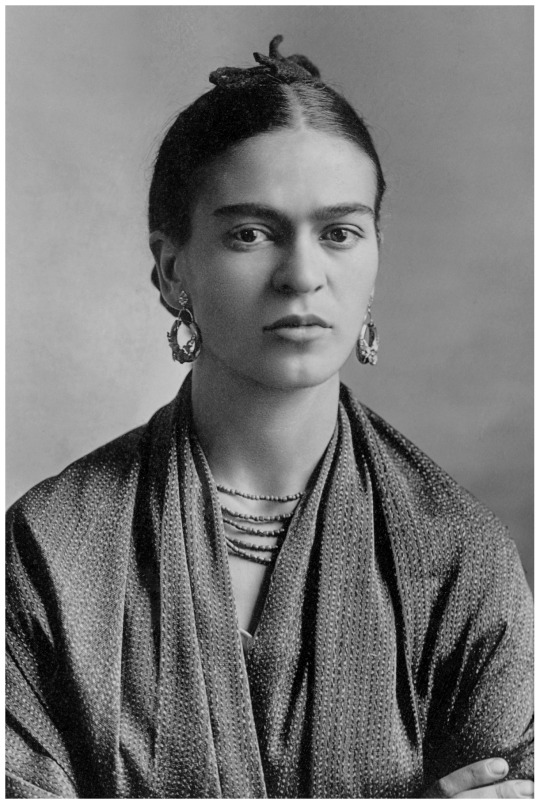
Frida Kahlo by Guillermo Kahlo 1932
268 notes
·
View notes
Photo

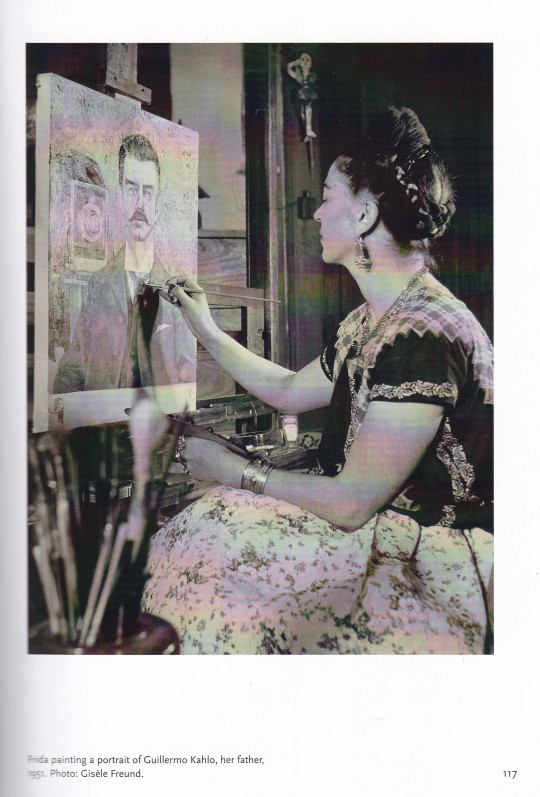






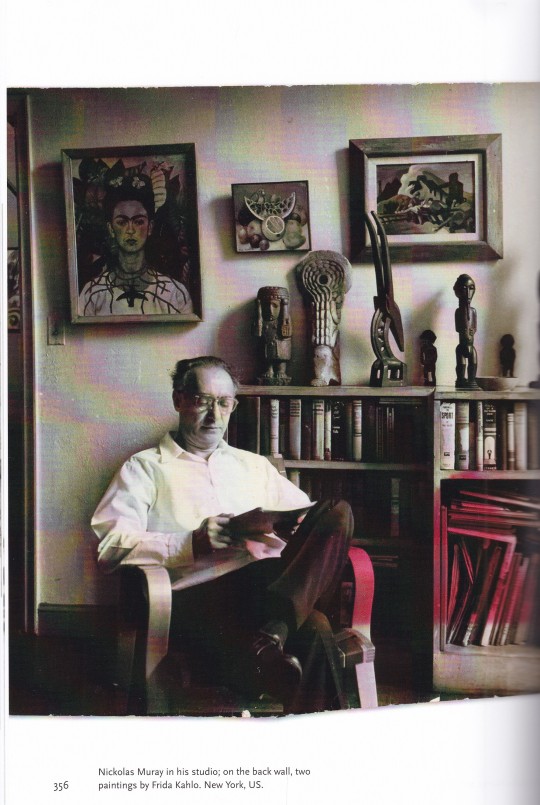
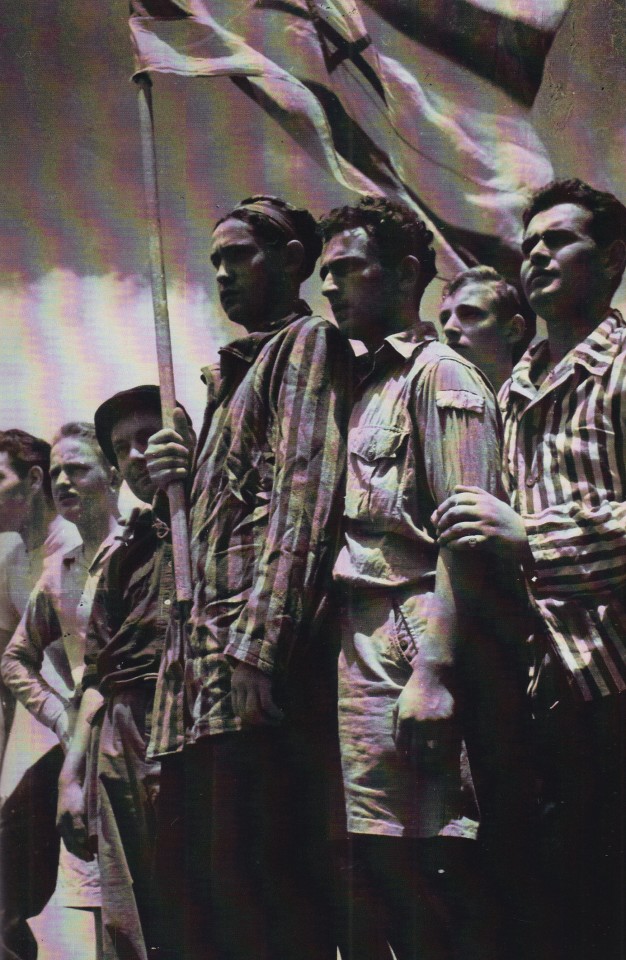
Frida Kahlo Her Photos
Pablo Ortiz Monasterio
Texts James Oles, Horacio Fernandez, Masayo Nonaka, Laura Gonzalez, Mauricio Ortiz, Gerardo Estrada, Rainer Huhle, Gaby Franger
Editorial RM, Barcelona 2021, 522 pages, 460 photos,17.15 x 24.13 cm, English, ISBN 978-84-92480-75-3
euro 52,50
orders to: [email protected]
When Frida Kahlo died, her husband Diego Rivera asked the poet Carlos Pellicerto turn the Blue House into a museum that the people of Mexico could visit to admire the work of the artist. Pellicer selected those of Frida's paintings which were in the house, along with drawings, photographs, books, and ceramics, maintaining the spaces just as Frida and Diego had arranged them to live and work in. The rest of the objects, clothing, documents, drawings, and letters, as well as over 6,000 photographs collected by Frida in the course of her life, were put away in bathrooms converted into storerooms. This remarkable collection remained hidden for more than half a century. A few years ago the storerooms, wardrobes, and trunks that safeguarded it were opened. The collection of photographs is a treasure that reveals the tastes and interests of the famous couple, not only through the images themselves but also through the annotations made on them. The collection allows us to speculate about Frida's and Diego's likes and dislikes, and makes it possible to document their family origins. Photography had always been a part of Frida's life. Her father Guillermo Kahlo was one of the great photographers of Mexico at the beginning of the twentieth century, whose images of colonial architecture and numerous self-portraits have been preserved. Frida's collection constitutes a roll call of great photographers: Man Ray, Brassai, Martin Munkacsi, Pierre Verger, George Hurrel, Tina Modotti, Edward Weston, Manuel and Lola Alvarez Bravo, Gisele Freund, and many others, including Frida Kahlo herself. It is likely that many of the photographs in the collection were taken by her, though we can only be sure of the few that she decided to sign in 1929.
orders to: [email protected]
twitter: @fashionbooksmi
flickr: fashionbooksmilano
instagram: fashionbooksmilano
tumblr: fashionbooksmilano
19/02/23
#Frida Kahlo#Her Photos#Guillermo Kahlo#Diego Rivera#photography collection#photography books#fashionbooksmilano
29 notes
·
View notes
Text
De rares portraits de Frida Kahlo pris par son père
Nouvel article publié sur https://www.2tout2rien.fr/de-rares-portraits-de-frida-kahlo-pris-par-son-pere/
De rares portraits de Frida Kahlo pris par son père

0 notes
Text
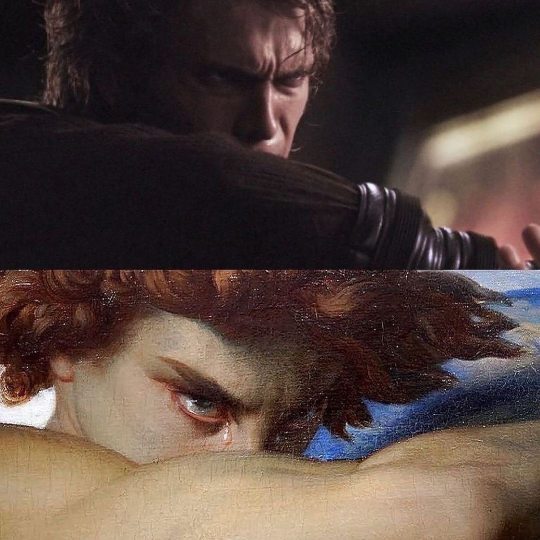


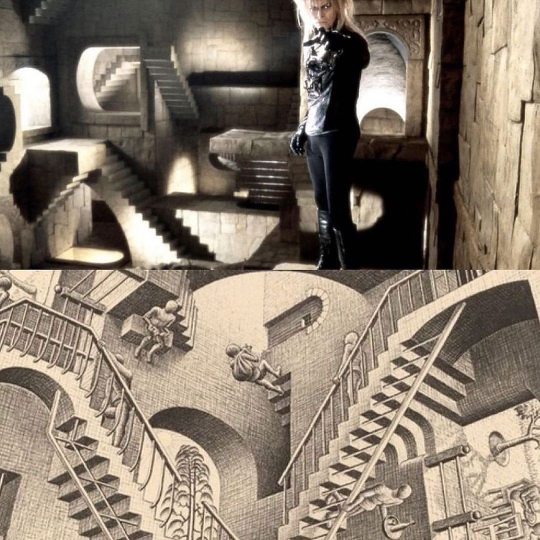
Cinematic scenes inspired by paintings by Modernnotoriety
#star wars#the fifth element#Pan's labyrinth#Labyrinth#george lucas#luc besson#guillermo del toro#david bowie#80s movies#90s movies#00s movies#escher#frida kahlo#goya#geek art#modernnotoriety
429 notes
·
View notes
Text
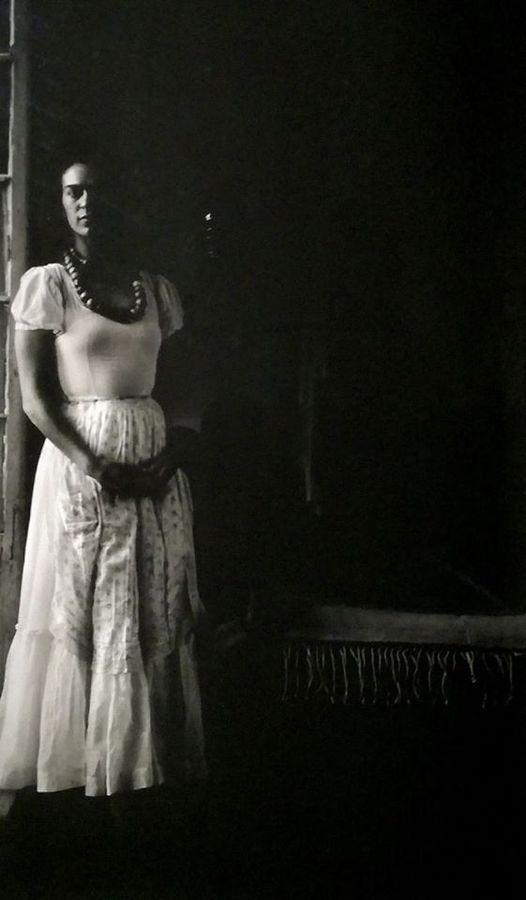
Frida Kahlo by Guillermo Davila, 1929
114 notes
·
View notes
Text

Frida Kahlo by Guillermo Davila
18 notes
·
View notes
Text
Finally I'm able share some good news
Wild festivals, exquisite fruit-bowls and unusually realistic renderings of motherhood and female friendship – not to mention a glimpse of Lady Hamilton as an enthusiastic follower of Bacchus – will go on show in Madrid on Tuesday as one of the country’s most famous galleries seeks to spike the patriarchal canon of art history with a new, and avowedly feminist, exhibition.
The show at the Thyssen-Bornemisza – called simply Maestras (Women Masters) – uses almost 100 paintings, lithographs and sculptures to show how female artists from the late 16th to the early 20th centuries won recognition in their own lifetimes, only to find their works forgotten, erased or consigned to dusty storerooms.
Organised into eight chronological sections that reflect artistic and social changes, Maestras also explores how female artists, gallerists and patrons worked together to create and celebrate art while living and working in the grip and gaze of sexist, and often misogynistic, societies.

Elizabeth Sparhawk-Jones, The Shoe Shop, 1911. Photograph: Elyse Allen/© Art Resource, New York Scala, Florence
Seventeenth-century works by Artemisia Gentileschi, Fede Galizia and Elisabetta Sirani give way to still lifes of fruit and flowers before the exhibition moves to portraits – including Élisabeth Louise Vigeé Le Brun’s Lady Hamilton as a Bacchante – and then to Orientalism, depictions of working women, images of maternity, sisterhood and, finally, to images of female emancipation.
Among the show’s early exhibits is one of Gentileschi’s anguished studies of Susanna and the Elders, while the later pieces include Mary Cassatt’s bleary-eyed Breakfast in Bed and Maruja Mallo’s playful Fair pictures.
“This exhibition speaks positively of that other half of art history,” said the exhibition’s curator, the art historian and critic Rocío de la Villa.
“For a long time, the feminist history of art has been beset by all the handicaps and obstacles that had been put in the path of female creators. For example, they couldn’t access the same artistic training that their male colleagues could. They generally lived in an extremely patriarchal system that denied them their rights and in which their signatures had no legal value.”
There were, however, “certain moments and certain places” in which conditions were more favourable to female artists, and the show aims to offer “a series of windows through which we can see a mutual understanding and a camaraderie between artists, gallery owners and patrons”.
It also reminds visitors that some talented women caught the eye of European royal courts, and that some had husbands who helped them in the studio – or even looked after their children – because they knew that their wives’ gifts far exceeded their own.
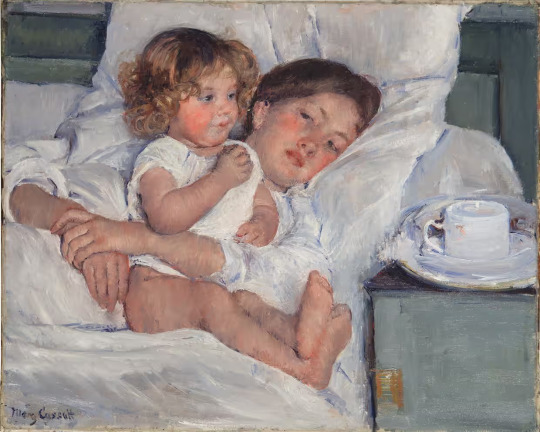
Mary Cassatt, Breakfast in Bed, 1897. Photograph: The Huntington Library, Art Museum
Guillermo Solana, the artistic director of the Thyssen-Bornemisza, said Maestras was another example of the museum’s continuing commitment to feminism, education and addressing the prejudices of the past.
“I’d promised myself that I wouldn’t do any mansplaining today but I can’t help it when it comes to explaining what I’ve learned from the process of doing this exhibition, because I’ve learned a lot,” he told journalists on Monday morning.
“The first thing I learned from this exhibition – and which I think the public will also learn – was so many new names; so many fantastic artists I’d had no idea about and had never heard of. Of course, we knew about Artemisia Gentileschi and Frida Kahlo or Paula Modersohn-Becker, but how many important artists have got away – or been taken from us?”
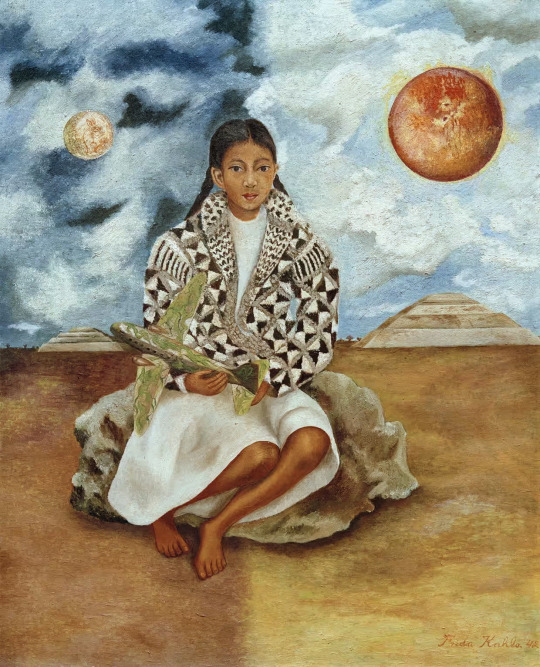
Frida Kahlo, Portrait of Lucha María, A Girl from Tehuacán, 1942. Photograph: akg-images/© Rafael Doniz @ 2023 Banco de México Diego Rivera Frida Kahlo Museums Trust, México, D.F./VEGAP
De la Villa agreed. “The public is going to ask, ‘How can it be that we didn’t know about these female artists?’” she said.
“How is it that their works were in storerooms until recently? Maestras is a feminist exhibition that seeks to emphatically correct the prejudices that have come about as a result of the patriarchy – prejudices that have meant that works by female artists have remained in museum storerooms during the 20th century.”
She said the male-dominated artistic system had always sought to defend itself by denigrating female artists. Equally damaging, she added, was how historians had played down the achievements of women until their voices were silenced and their creations overlooked and then hidden from view.
“When women are hidden, or robbed of their past, they are robbed of their identity,” said De la Villa. “The power of culture is very important. It just can’t be separated from the social conditions we enjoy, or which we suffer.”
Maestras is at the Thyssen-Bornemisza museum from 31 October to 4 February 2024
#Spain#Madrid#the Thyssen-Bornemisza#Maestras (Women Masters)#Elizabeth Sparhawk-Jones#mary cassatt#frida kahlo#October 31st to February 4th 2024
108 notes
·
View notes
Text

En una foto captada en 1904 por Guillermo Kahlo, aparece la calle de Londres vista desde la esquina de Berlín y mirando hacia el oriente; al fondo el cruce con la calle de Roma –en diagonal– y el inicio de Lisboa. A la extrema derecha, algunos reconocerán parte de la casa que entonces ocupaban don José Natividad Macías Castorena y su familia, y que ahora alberga el “Museo de Cera de la Ciudad de México”…
39 notes
·
View notes
Text

Frida Kahlo photographiée par son père, Guillermo Kahlo, Mexique, 1919.
13 notes
·
View notes
Text

Photography had always been a part of Frida Kahlo's life since she was born. Her father Guillermo Kahlo was one of the great Mexican photographers at the beginning of the twentieth century.
When Kahlo died in 1954, her husband Diego Rivera asked the poet Carlos Pellicer to turn her family home, the fabled Blue House (La Casa Azul), into a museum. Pellicer selected some paintings, drawings, photographs, books, and ceramics, maintaining the space just as Kahlo and Rivera had arranged it to live and work in. The rest of the objects, clothing, documents, drawings, and letters, as well as over 6,000 photographs collected by Kahlo over the course of her life, were put away in bathrooms that had been converted into storerooms.
This incredible trove remained hidden for more than half a century, until just over a decade ago when these storerooms and wardrobes were opened. Among these finds, Kahlo's photograph collection was a major revelation, bearing testimony to the tastes and interests of the famous couple not only through the images themselves, but also through the telling annotations inscribed upon them. (Summarized from the publisher’s notes)
Today is Frida Kahlo’s birthday. She was born inCoyoacán in Mexico City on July 6, 1907, and died in Coyoacán on July 13, 1954.
Frida Kahlo : her photos
Edition and page layout by Pablo Ortiz Monasterio.
1st ed.
México, D.F. : Editorial RM, 2010.
HOLLIS number: 990125850460203941
#FridaKahlo#BOTD#Birthday#WomenArtists#BornOnThisDay#HarvardFineArtsLibrary#Fineartslibrary#Harvard#HarvardLibrary
35 notes
·
View notes
Text

El quinto elemento, Luc Besson (1997)
La columna rota, Frida Kahlo (1944)

Autoretratos,de Egon Schiele (1910-1911)
Joker, de Tod Phillips (2019)

Shutter Island, Martin Scorsese (2010)
El beso, Gustav Klimt (1908)

Shirley: Visions of Reality, Gustav Deutsch (2013)
New York Movie, Edward Hopper (1939)

Ofelia, John Everett Millais (1851)
Melancolía, Lars von Trier (2011)
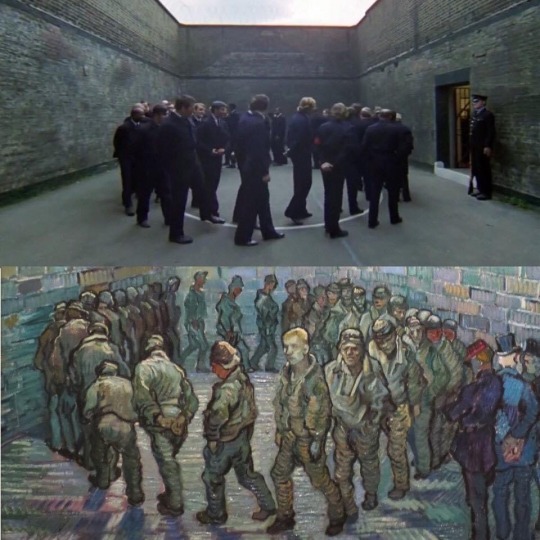
Naranja mecánica, Stanley Kubrick (1971)
La ronda de presos, Vincent Van Gogh (1890).

Wheat Field With Crows (1890), de Vincent Van Gogh
Dreams (1990), de Akira Kurosawa

Alien 3 (1992) de David Fincher
Girl's Head beside a Skull (1934) de Whistler Rex

Van Gogh, Autorretrato con oreja vendada (1889)
At Eternity's Gate (2018), de Julian Schnabel

Saturno devorando a su hijo, Francisco de Goya (1819-1823)
El laberinto del fauno, Guillermo del Toro (2005)
Art references in movies 🍿
#cinema#artistic#artsy#artwork#art#artists on tumblr#film photography#film#cult film#movie#movie review#movies#reference#contemporary art#cinephile#cinemetography#cinefilos
323 notes
·
View notes
Text
#madonnaMúsicaPalaciodelosDeportes Madonna: La reina expone las joyas de la corona: No se trató de una fiesta, menos aún de un concierto, la noche del 20 de abril fue una celebración; con esas palabras inició el show que marcó el regreso de Madonna a Ciudad de México.El Palacio de los Deportes fue el templo que congregó a cerca de 20 mil fans, quienes asistieron con plumas, lentejuelas, brillos y tiaras para apreciar las joyas de la corona.Poco después de las 22:30 horas, el escenario resonó al ritmo de “Nothing Really Matters”. Con la gema de 1998 y ataviada en un kimono negro, la última sobreviviente de la realeza pop subió al tren de la nostalgia, del homenaje de una vida de rebeldía, de una vida contestaría, pero también de una vida rodeada de muerte, como ella dijo en una de sus interacciones con el público mexicano.Al centrarse en la pasarela con su yo del pasado, el de la década de los 80, Madonna recordó la conexión inquebrantable con México a través de su “musa, inspiración y animal espiritual”, Frida Kahlo.“Espero darles esperanza como Frida me la dio”, señaló la cantante. “Gracias por apoyarme”, complementó.Mediante un repaso por las décadas en las que ascendió y se consolidó como la ‘Reina del Pop’, pintó un lienzo con los momentos de mayor brillantez en los que reinventó el juego y la cultura popular, pero también viajó hacia la oscuridad que le tocó enfrentar, como la muerte de decenas de amigos -entre ellos Freddy Mercury- a causa de la pandemia del SIDA.Si el convoy en el que trepó junto con sus fans recorre su línea artística, no pudo dejar sin espacio a una estación para su polémica relación con la Iglesia Católica, que incluso deja ver como un cuestionamiento de fe.Madonna en el amor, la sexualidad y el baile subversivoLa intérprete de "Hung Up" abrió un espacio especial, en el viaje por su trayectoria a la insoslayable acogida a la comunidad LGBT, a la que expusó en una ventana frente al mundo mediante “Vogue”.En "The Celebration Tour", Madonna recreó un salón de la cultura del ballroom con la ayuda de su hija Estere (11 años). En este segmento, también dio la bienvenida a su esperado invitado, Guillermo Rodríguez, famoso “guardia de seguridad” del programa nocturno de Jimmy Kimmel.La cantante habló ante el público mexicano del momento en el que se convirtió en “la persona más odiada del mundo” con la publicación de su libro ‘Sex’. La reina, en su trono y ante su gente, no pudo evitar las lágrimas al rememorar su pasado y rebeldía inquebrantable; sin embargo, al final este camino le hizo saber que “la música es la mejor forma de unir a la gente”.En este homenaje a su historia y legado, la artista de Michigan recordó a sus grandes héroes, influencias y compañeros inspiradores: David Bowie, Prince, Ernesto Guevara y Michael Jackson.Las eras de La ReinaHacia el final de la celebración, Madonna llevó sobre el escenario -y por encima de éste- el baile con el que mutó a la electrónica en la década de 1990 de la mano de Björk. “Bedtime Story” y “Ray of Light” pusieron a bailar los sombreros , los estoperoles y a tronar los grandes abanicos.Para el cierre, Madonna presumió algunas de sus últimas joyas; el orgullo de una diva: la propiedad camaleónica única en su especie.Emergió, en un escenario que emula al icónico templete de los VMAS 2003, con más de 10 versiones de sí misma, dando un abrazo a su camino, esfuerzo y testarudo tesón. Marca un precedente: no es un pecado envejecer.AJR

http://dlvr.it/T5q5Gp
2 notes
·
View notes
Text
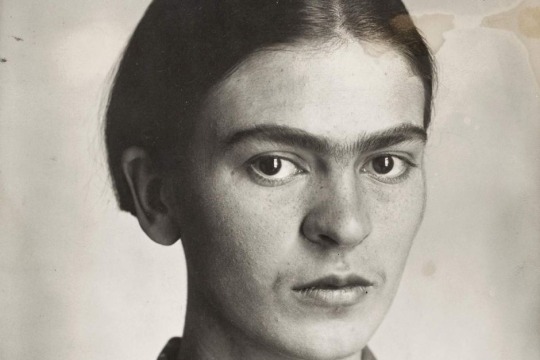
Frida Kahlo by Guillermo Kahlo
Museum Guillermo Kahlo
44 notes
·
View notes

